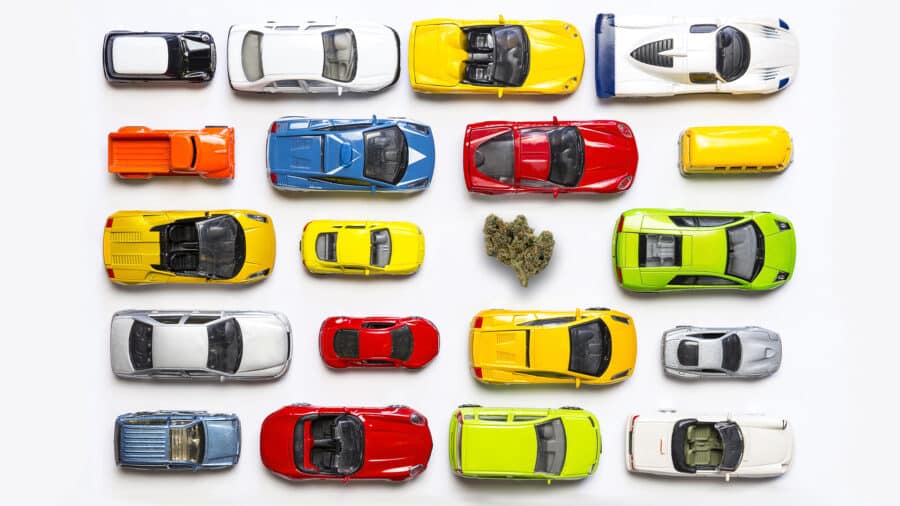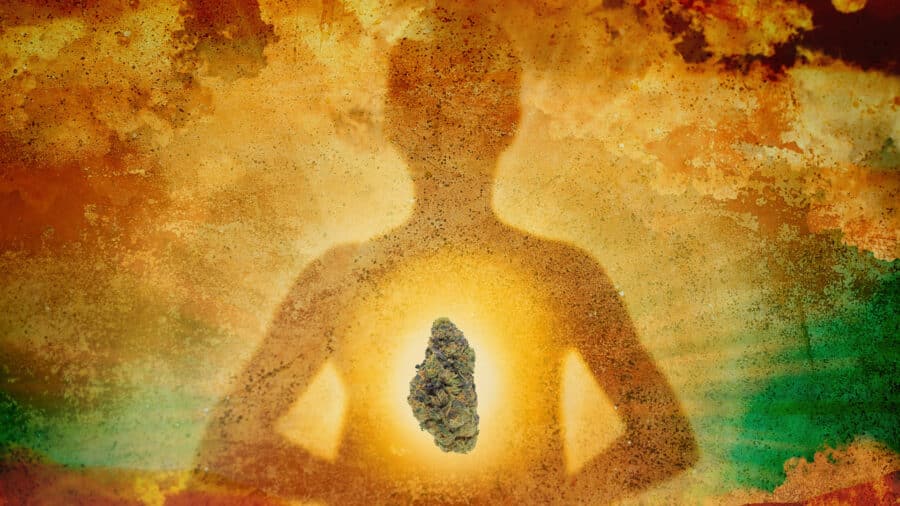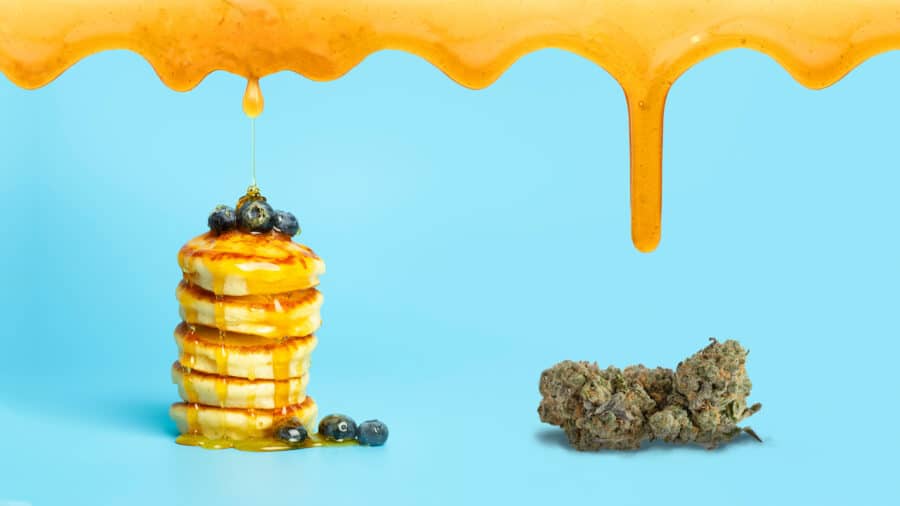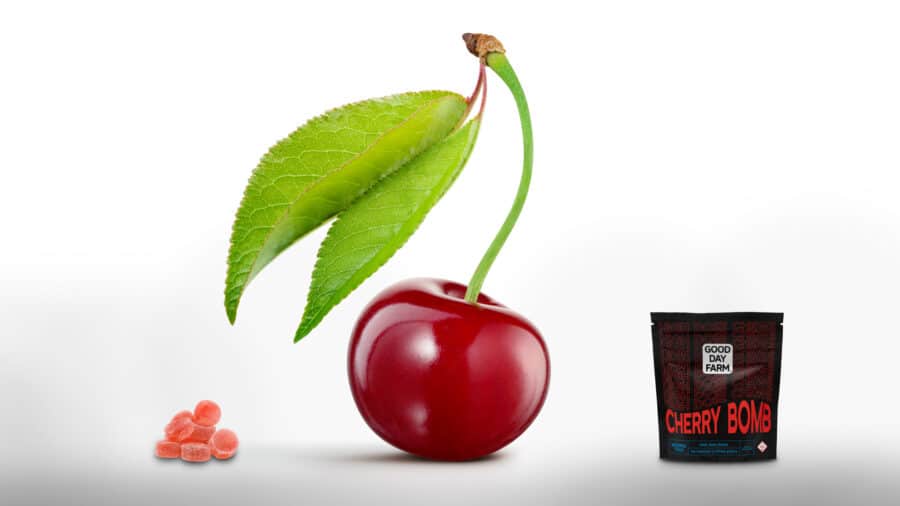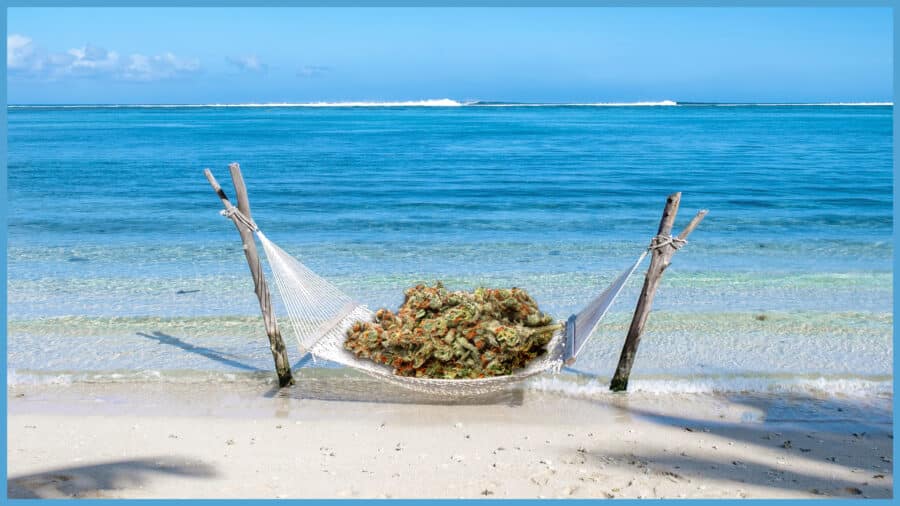Differences Between Weed and Medical Marijuana
The differences between recreational marijuana and the medically prescribed variety typically boil down to three things

Let me introduce you to some of my favorite things: there’s cannabis, weed, pot, dope, grass, ganja, Mary Jane, bud – and then there’s medical marijuana, or MMJ. You’re probably saying, “Hey! Aren’t those all the same thing?”
And you’re right! Mostly.
Yes, they all come from basically the same plant, and are grown, harvested, and consumed in parallel ways. But there are huge legal, logistical, and sociological differences when it comes to smoking pot recreationally as opposed to using it for medical purposes. The differences between recreational marijuana and the medically prescribed variety typically boil down to three things.
Local Laws: Despite the evidence piling up, and a wave of public sentiment sweeping the nation slowly changing the way we think about marijuana, there are still many that refuse to accept the drug as a part of a legitimate medical treatment. As a result, laws can vary greatly from state to state. States that do allow for recreational use typically mandate cannabis products for adult use only, and restrict use to a person’s private residence, or prohibit the use and/or presence of any cannabinoids in certain locations like public parks, or within a certain distance of a school.
Medical marijuana also has a litany of often difficult to parse laws that vary from state to state. In these states, a person typically needs a qualifying condition and a prescription or recommendation from a doctor. Depending on the state, there are third party companies that make signing up for a “med card” – which in some states isn’t an actual, physical card at all – quick, easy, and relatively stress-free. Recommendations are sent to a medical marijuana dispensary by your doctor. A dispensary is basically like any other pharmacy, but it focuses solely on cannabis products.
Where It’s Purchased: Where dispensaries can be located is another hot-button topic. There are states with very little regulation in terms of dispensary location, and others that strictly forbid dispensaries within a certain distance from one another or limit how many can populate an area. This can make physically getting a prescription logistically difficult.
On the plus side, when you go to a dispensary you always know exactly what strains you’re buying, as well as have accurate dosage amounts for edibles, oils, and inhalers. Also… did I mention the variety of products? Non-smokers might not like the idea of rolling a doobie for relief, but a piece of chocolate, or a hard candy might be just what they need.
Buying weed from a street dealer is illegal. Even states that allow recreational marijuana usually limit who is allowed to sell it by requiring sellers to obtain a license.
And unless you have a good rapport with a knowledgeable dealer, you’re not going to find the quality you’ll find at the dispensaries, and they’re probably not going to answer a bunch of questions for you about other alternatives and side effects. BUT! There are absolutely brilliant street dealers and backyard growers that do know about the products they have to offer, and are willing to talk to you about them. Figuring out who and where they are can take time, networking, and feel like finding a needle in a haystack.
Reasons for Use: People who love a head-high with their morning coffee will probably reach for their favorite sativa, but might prefer a CBC heavy indica when it’s time for bed. Different strains can have wildly different effects, and people use them for different reasons. Generally speaking, because one of the most common reasons cited for the use of medical marijuana is relief from pain, most dispensaries carry low THC, high CBD products that lack the more potent high recreational users seek. This *surprise* again varies by state, as states that permit recreational use tend to have higher THC content products in their inventory to meet the demands of a new class of customer looking for a still-novel, legal high. Weed purchased from your friend of a friend’s roommate is usually higher in THC than what you’ll find in a dispensary, and price typically goes up with quality.
Price is another key factor when buying. Depending on your location, purchasing medical marijuana can be exponentially more expensive than obtaining it from more traditional methods. On average in the U.S., an ounce of marijuana is almost double that for the same amount found illegally in the street.


